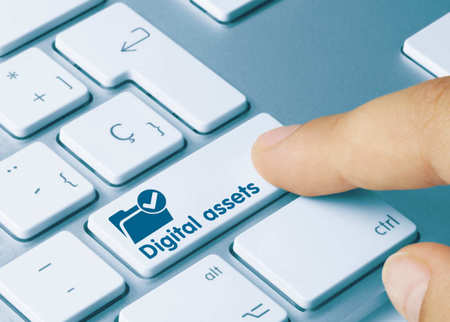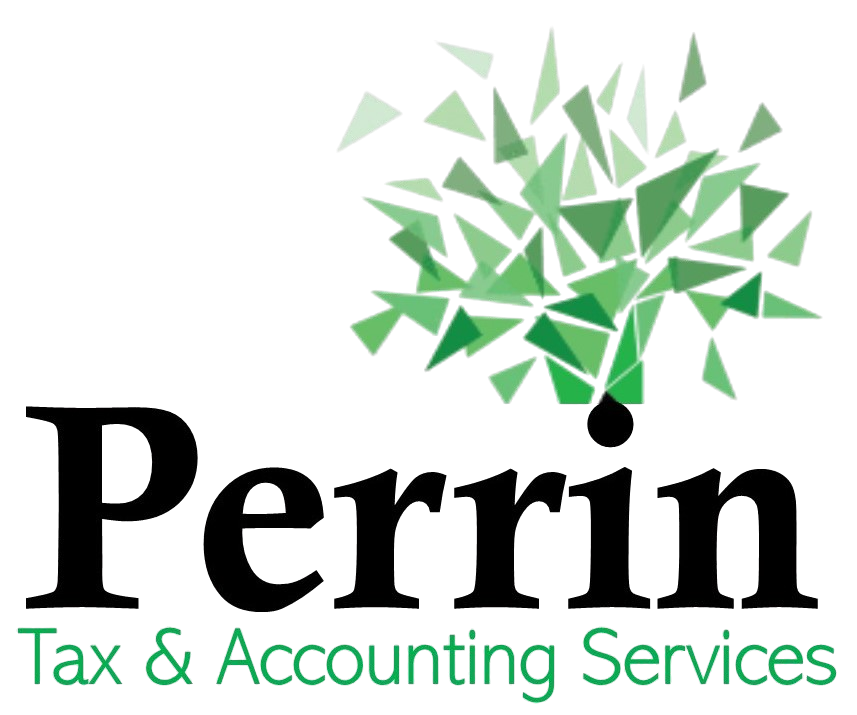
One of the newest commodities that people are trading these days is digital assets. Digital assets may be images, videos, documents, cryptocurrency, software and more. Due to the digital nature of these assets, they can be a challenge to manage and track. Here are some best practices to keep your digital assets safe, organized and in compliance with the law.
Use a Digital Asset Management System
A Digital Asset Management (DAM) System is a software solution specifically designed to help people track digital assets. With so many people collecting and trading digital assets, a whole new industry has cropped help to facilitate effective asset tracking and trading. These solutions offer a centralized repository for digital assets that can be compared to the cloud solution for computer data storage. DAMs help to streamline the organization and accessibility of digital assets in a very user-friendly environment that’s also highly secure. Several options are available. When shopping for a DAM system, look for features like metadata tagging capability, access controls and version controls.
Use Consistent File Naming Convention
If you’re older and worked in business, you know all about files and folder naming conventions, and their importance in information organization. Younger folks may need to be reminded about the importance of using consistent file naming convention. In the world of digital assets, consider using a structure that includes asset type, date, project and unique identifiers. This approach allows for easy tracking and minimizes the risk of naming conflicts. If you regularly trade digital assets, you’ll likely find that descriptive and consistent file naming conventions help your buyers to find and understand your offerings, as well.
Implement Metadata Tagging
If your DAM system offers metadata tagging, make good use of it. Metadata tagging is a powerful organizational tool that offers a deeper level of asset organization and accessibility. By adding keywords, descriptions, and relevant information to your digital assets, you make them easily discoverable. This will save you time when searching for a particular digital asset, and help buyers to find digital assets that are relevant to their needs. It can also help to ensure that your digital assets meet legal requirements, when you opt to include copyright and licensing information in your metadata tags.
Use Version Control
Version control is also known as revision control or source control. It’s essentially a system that manages and tracks changes to a file over time. Imagine if you had a digital asset with multiple versions. Without implementing a version control system, you may have trouble discerning which version was changed and which version is current. Version control enables you to track the digital asset’s history, which is an invaluable feature when selling to a potential buyer. It helps to instill confidence in the asset’s provenance, quality and authenticity.
Make Regular Backups
The beauty of digital assets is that they don’t require lots of storage space. This makes it very easy to create backups of the works. Even though this is a simple practice, many digital assets owners fail to make a habit of regular backups. Instead of leaving backups to chance, create a schedule of backups so they happen once a week or on another schedule that makes sense. You might even be able to toggle on a regular backup schedule through your DAM system, if this feature is available. Explore the possibility of multiple backup strategies, including on-site and off-site solutions, for a comprehensive safeguard against data loss.
Implement Asset Classification and Categories
Creating logical categories for your digital assets is a deeper level of organization. It not only simplifies retrieval but also makes the assets more appealing to potential buyers. Delve into the categorization of assets, breaking them down by type, purpose, and usage. This approach makes it easier to identify assets that have the potential for sale and optimize their presentation. An example of this would be:
Asset: Digital Photograph Collection
Classification: Visual Assets
Category: Nature Photography
Subcategory: Landscapes, Wildlife
Secure Assets
Security is paramount in the world of digital assets. Because they are not physical products, it’s harder to protect them from online hackers. Consider multiple layers of security measures like encryption, firewalls and user authentication to protect your assets from unauthorized access. When considering selling digital assets, emphasizing the robust security measures that you have in place can instill confidence in potential buyers, making them more likely to complete transactions.
Analyze Performance Metrics
Performance metrics serve as a compass to guide managing and trading digital assets effectively. These metrics can offer helpful insights into the efficiency, impact and overall health of your asset management and trading practices. By actively measuring and analyzing these metrics, you can make informed decisions, identify areas for improvement, and maximize the value of your digital assets.
Remain Compliant
Navigating the landscape of compliance and copyright is a crucial aspect of digital asset management, particularly when considering trading or sharing those assets. Ensure that you have the necessary permissions and licenses and adhere to intellectual property laws and usage restrictions. Failing to address these considerations can quickly lead to legal problems, not to mention a bad reputation among digital asset traders. Understanding copyright intricacies, such as fair use and public domain, is especially important. Put into place a compliance framework that you can apply to all new digital assets. Regular reviews, documentation and adherence to licensing agreements will help to make sure your digital assets are ethically and legally sound.
Provide Documentation to CPA
Your CPA will need to have copies of documentation regarding the sale and purchase of your digital assets. This is so that you can pay the correct amount of tax and stay on the right side of the IRS. Your CPA can help guide you as to how best to organize your sales and purchase data in a way that is most efficient.
Whether you have digital assets for personal use or for trading, tracking and managing them properly is essential. By putting these best practices into place, you can be sure that your digital assets are prepared for any purpose for which you want to use them.
by Kate Supino
